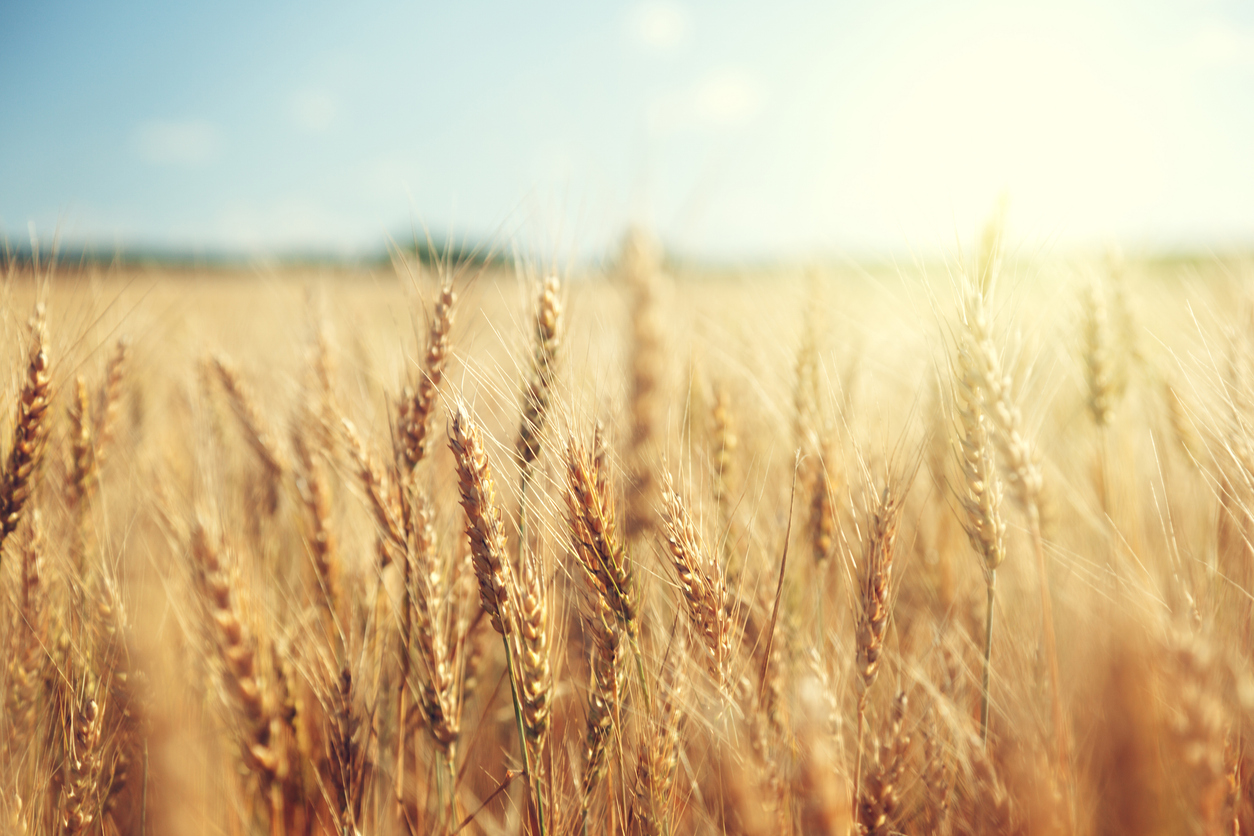
Rothamsted Research Scientists Identify Key Wheat Genes that Control Plant Height and Grain Size
October 8, 2025| |
In a significant breakthrough for global food security, scientists at Rothamsted Research have identified a key family of genes in wheat that precisely controls both plant height and grain size. The findings provide plant breeders with a powerful new tool to develop higher-yielding crops, thereby helping to meet the rising global food demands.
The study investigated genes that regulate the production of the plant hormone gibberellin, which are essential for plant growth and development. This work on the gibberellin pathway represents a crucial step toward developing wheat varieties that are optimized for both robust growth and maximum harvestable yield.
The research focused on the GA3OX gene family in bread wheat (Triticum aestivum), revealing that different family members perform distinct and specific roles. For instance, mutations in one set of genes, GA3OX2, resulted in severely stunted and infertile plants due to extremely low levels of gibberellin. However, changes to the GA1OX1 gene led to an accumulation of higher gibberellin levels, specifically within the developing grain, resulting in larger and heavier grains. The team also discovered that genes primarily related to grain development can influence the overall plant stature, suggesting that plant hormones move more broadly between tissues than previously understood.
This detailed understanding of the gibberellin pathway provides new, targeted possibilities for crop improvement. Plant breeders can now use this natural genetic variation to more accurately balance desirable traits, such as strong plant stature, with improved grain yield. This goal has long been a challenge in agriculture. Dr. Stephen Pearce, a co-author of the study, emphasized that this work shows how fundamental research can "guide the selection of gene variants that benefit farmers," adding that this knowledge can now directly "help develop wheat with bigger grains."
For more details, read the news article on the Rothamsted Research website.
| |
You might also like:
- Researchers Identify Gene Regulating Grain Weight in Wheat
- UC Davis Develops New Genetic Tool for Shorter Wheat
- New Height-Reducing Gene Can Help Wheat Grow in Drier Soil
Biotech Updates is a weekly newsletter of ISAAA, a not-for-profit organization. It is distributed for free to over 22,000 subscribers worldwide to inform them about the key developments in biosciences, especially in biotechnology. Your support will help us in our mission to feed the world with knowledge. You can help by donating as little as $10.
-
See more articles:
-
Plant
- Researchers Identify Soybean Gene that Could Help Crops Thrive in Acidic and Low-Phosphorus Soils
- Discovery of Wheat Pan-Transcriptome to Secure Global Food Supply
- Complete Genome Assembly Unlocks Potential of Northern Wild Rice
- Cornell Students Develop Color-changing Tomato
- Study Explores How GM Labeling Affects Purchasing Intentions
- Rothamsted Research Scientists Identify Key Wheat Genes that Control Plant Height and Grain Size
-
Animal
- MIT Genetically Engineers Mice to Stop Lyme Disease Transmission
-
Food
- FAO Calls for Building Safe, Sustainable, and Equitable Animal Feed Systems
-
Read the latest: - Biotech Updates (December 3, 2025)
- Gene Editing Supplement (November 26, 2025)
- Gene Drive Supplement (February 22, 2023)
-
Subscribe to BU: - Share
- Tweet

